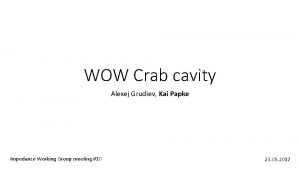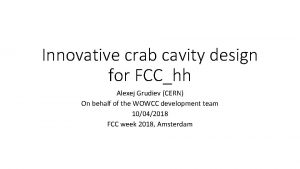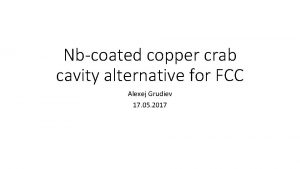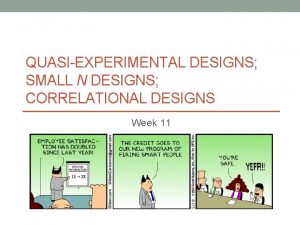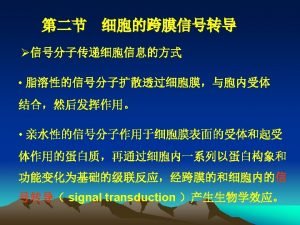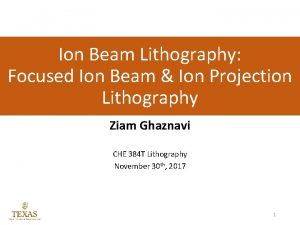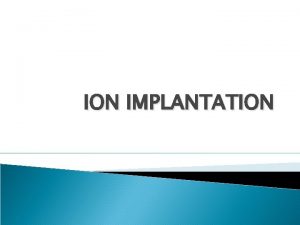RF cavity designs for ion therapy linacs Alexej





![The 750 MHz IH structure for low energy linac 420 370 320 ZTT [MΩ/m] The 750 MHz IH structure for low energy linac 420 370 320 ZTT [MΩ/m]](https://slidetodoc.com/presentation_image_h2/603ccca90c47d13126e9fb0d35fc07fb/image-6.jpg)










- Slides: 16

RF cavity designs for ion therapy linacs Alexej Grudiev, Stefano Benedetti, CERN Ions 2018 workshop, Archamps, 19 -21 June 2018

Outline • High frequency (HF)-RFQ linac cavity design • Interdigital H-mode (IH) accelerating structure at 750 MHz • High gradient backward travelling wave (BTW-HG) accelerating structure • Side coupled linac (SCL): high gradient versus high efficiency • Conclusion

HF-RFQ: main features of the design at 750 MHz • Higher injection efficiency into 3 GHz linac • Compact RFQ cavity • High (for RFQ linacs) accelerating gradient: 2. 5 Me. V/m • Higher frequency -> high ohmic losses. Optimized cavity shape for lower losses • Four coaxial couplers provide RF power combination in the cavity: • Compact, low cost power couplers and RF windows from PEEK • Smaller perturbation of RF fields • The same vacuum flange is used for tuners, pumping port and RF power couplers

RF design to minimize the ohmic losses 2 D cross-section of RFQ Conical tuners cross-section Vacuum pumping ports

Coaxial coupler design with PEEK RF window H-field Cross-section of RFQ with RF power coupler and Rf probe
![The 750 MHz IH structure for low energy linac 420 370 320 ZTT MΩm The 750 MHz IH structure for low energy linac 420 370 320 ZTT [MΩ/m]](https://slidetodoc.com/presentation_image_h2/603ccca90c47d13126e9fb0d35fc07fb/image-6.jpg)
The 750 MHz IH structure for low energy linac 420 370 320 ZTT [MΩ/m] 270 DTL 3 GHz 220 IH 750 MHz opt IH 750 MHz 170 120 70 20 0 15 30 Energy [Me. V] 45 60 75

2. 5 – 10 Me. V IH accelerating structures 2. 5 Me. V – 522. 5 MΩ/m 5 Me. V – 410. 2 MΩ/m 10 Me. V – 296. 1 MΩ/m Q R/Q T 10074 52072 0. 780 10732 38224 0. 826 11681 25352 0. 842 Lcell Gap S. Rad 14. 561 9 2. 5 20. 586 11 3 28. 949 15 4

IH dipole kicks Local compensation x axis Lcell Qua dru p (RF ole co def m ocu pone sing nt ) Dipole component Dipole kicks are a non-zero real component of the transverse voltage across the cavity gap Global compensation

End cell design in IH structure Matching frequency with end cell diameter with inwards cavity ZTT = 90 Mohm/m Matching frequency with inwards cavities but outer volume is fixed ZTT = 175 Mohm/m Three cells ZTT (0. 5 gap) is 89. 6 Mohm/m TERA Foundation – CLUSTER design 9

RF design of high gradient BTW and SCL Sc in BTW cell: 1/32 segment Cells are optimized to have minimum: SCL-HG Gap [mm] 7. 0 9. 0 TT factor 0. 90 0. 86 Q-factor (first/last) 7000/7450 9140 R’/Q (first/last) [Ω/m] 7430/7370 6570 ZTT (first/last) [MΩ/m] 52/55 60. 0 Comparison from 70 to 230 Me. V ZTT [MΩ/m] BTW-HG BTW 150 85 1. 08 80 1. 07 1. 06 75 1. 05 70 1. 04 65 1. 03 1. 02 60 1. 01 55 1 50 0. 99 50 100 150 200 Kinetic Energy [Me. V] 250 CCL BTW Ratio

RF design of high efficiency SCL for CABOTO • CABOTO may need lower gradient to reduce power consumption • Structures can be designed shorter • Beam envelopes are smaller • Cavity apertures are smaller • ZTT is higher, RF power is lower SCL-HG Lower gradient allows a sharper nose design, BUT the greatest improvement comes from the aperture reduction SCL-BL

Mechanical tests: Creep and tuning pins H 2 bonding – 1050 C max temperature 20 mock-up RF cells tested Horizontal and vertical Results for the 2 mm septum Average axial deformation 13μm, radial 6μm 4 dimple tuners per RF cell, 10. 5 mm diameter, 1. 6 mm wall thickness Test of Different Thickness

RF measurements and tuning 1 st prototype – under HG test Before tuning After tuning The cavity would be actually ready to accelerate particles 2 nd prototype

BTW 150 high power RF conditioning history 62 MV/m at RF pulse length of 1. 6 us Breakdown rate is < 10 e-5 bpp The prototype installed in CLIC CTF 2

Conclusion and outlook • All-linac based solution is a promising technology choice for ion therapy • Several concepts have been elaborated and different RF structures have been designed to cover the full range of ion energy • POSSIBLE NEXT STEPS • Overall optimization taking into account user requirements as well as beam dynamics and RF constraints together with installation and operation cost • Prototyping and high power testing of key RF components is essential for technical design of the accelerator and assessment of its reliability and cost

Thank you !
 Dorsal cavity diagram
Dorsal cavity diagram Toucan crossig
Toucan crossig Ligaments in the stomach
Ligaments in the stomach Peritoneal cavity meaning
Peritoneal cavity meaning Label the abdominal regions.
Label the abdominal regions. Abdominopelvic cavity regions
Abdominopelvic cavity regions Qumica
Qumica Dipolos instantaneos
Dipolos instantaneos Ion ion interaction
Ion ion interaction C6h12 fuerza intermolecular
C6h12 fuerza intermolecular Bioness integrated therapy system price
Bioness integrated therapy system price Humanistic therapy aims to
Humanistic therapy aims to Psychoanalytic therapy is to as humanistic therapy is to
Psychoanalytic therapy is to as humanistic therapy is to Tack för att ni har lyssnat
Tack för att ni har lyssnat Nationell inriktning för artificiell intelligens
Nationell inriktning för artificiell intelligens Mall för referat
Mall för referat Smärtskolan kunskap för livet
Smärtskolan kunskap för livet


















